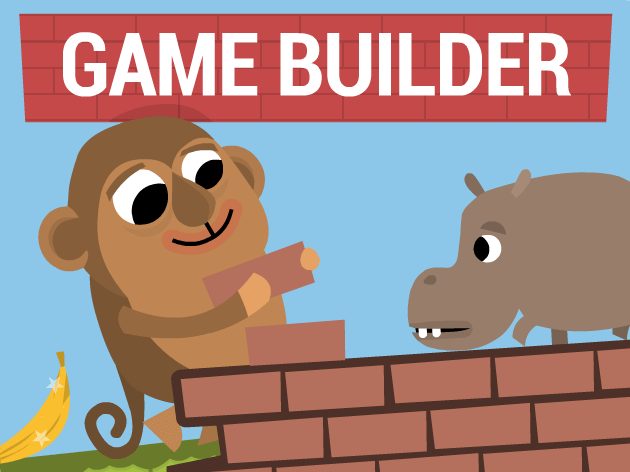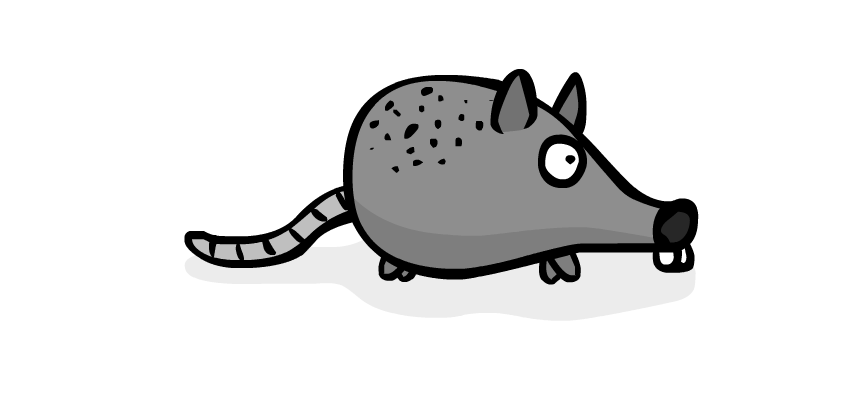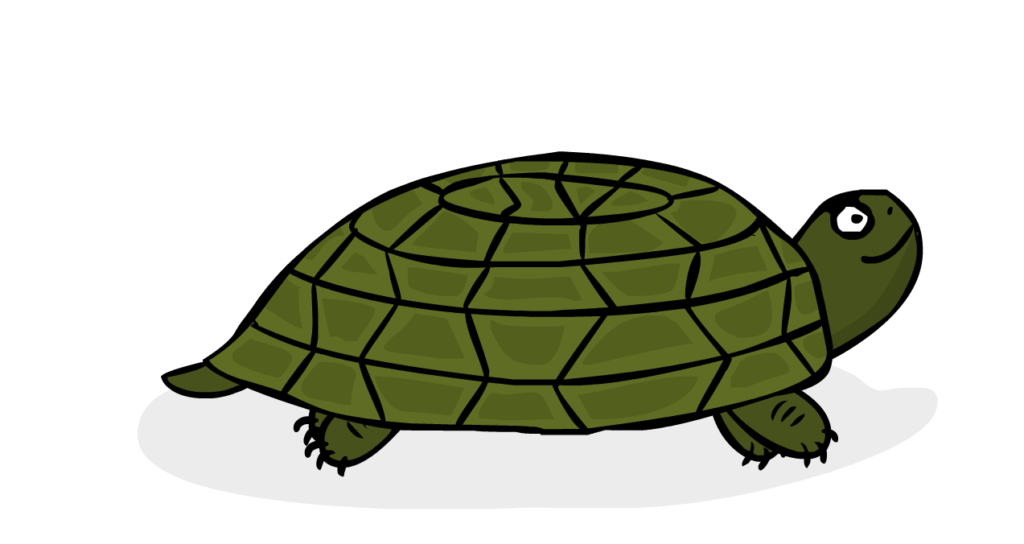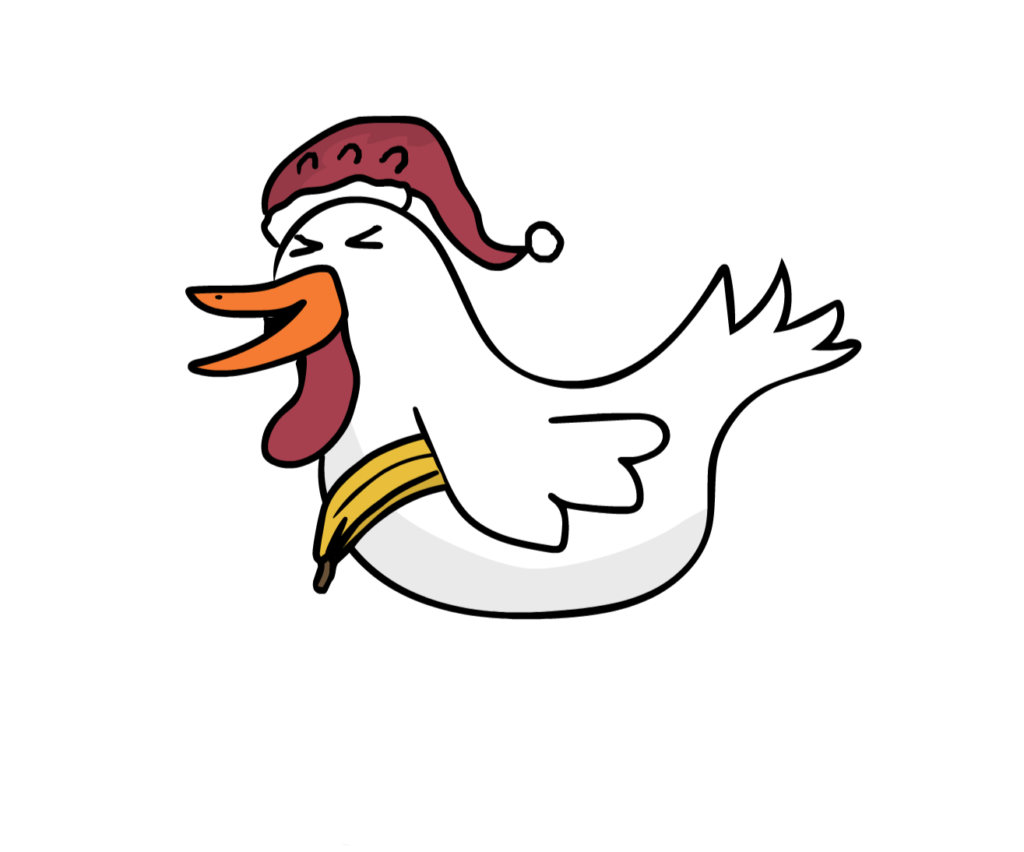GAME BUILDER: TEACHER NOTES
Computer Science Education Week
overview
In 15 exercises, students will learn the basics of game mechanics by building a Platformer game similar to that of Super Mario™. As they meet a new monkey and design a game, students will learn keyboard user-interface and game mechanics, including keyboard and collision events. Watch as they get a taste for the endless possibilities that coding offers!
specifications
- Ages 12-16
- Web-based
- No installation required
- Internet connection required
- Headphones recommended
- Up-to-date verstions of Firefox, Chrome, Explorer or Safari

ABOUT GAME BUILDER
THE HOUR-LONG VERSION

15 exercises
In an hour, students will build a game in 15 self-paced exercises

6th - 8th GRADE
We recommend that students first complete Coding Adventure prior to building their games

REAL CODING
Students will build the game in CoffeeScript, a programming language that is easy and functional

game mechanics
Students will take the first step to learning how to create games
how to host an hour of code

STEP 1: PREP
Go through as many coding exercises as you can to get familiar with the structure. We also recommend reading CodeMonkey's post on how to host a successful hour of code.

STEP 2: PRINT
Print out certificates for your students to take home. Students who have their own email can request a certificate at the end of the hour of code.

STEP 3: WRITE
Write www.codemonkey.com/hour-of-code/game-builder on the board so students know where to begin.

STEP 4: WATCH
Play the following trailer to get the class excited.

STEP 5: DISCUSS
Discuss the following topics:
- Computer Science: the art of blending human ideas and digital tools to create
- Program: a set of instructions for your computer to follow.
- Commands: what you use to build a program

STEP 6: START
Instruct students to go to the link and click on ‘Start Playing’ to get started.

STEP 7: GO BEYOND!
Continue the fun with the full Game Builder courses.
Read more below:
FAQ
Game Builder uses the programming language of CoffeeScript. CoffeeScript is similar to JavaScript in that it is primarily used for web applications, however it has a much friendlier syntax that resembles the way we write in English.
The game design course starts off with very simple steps in order to gradually teach students how to build their own game. Introduce students to the way a real programming interface looks and works.
Yes, you can print out certificates for your students to take home. Students who have their own email address can request a certificate at the end of the hour of code. If not, you can print certificates out here.
Encourage students to go back to the last exercise and enrich their game. Or start a new activity here.
Encourage them to read the instructions carefully and double check their code if something is not working.
